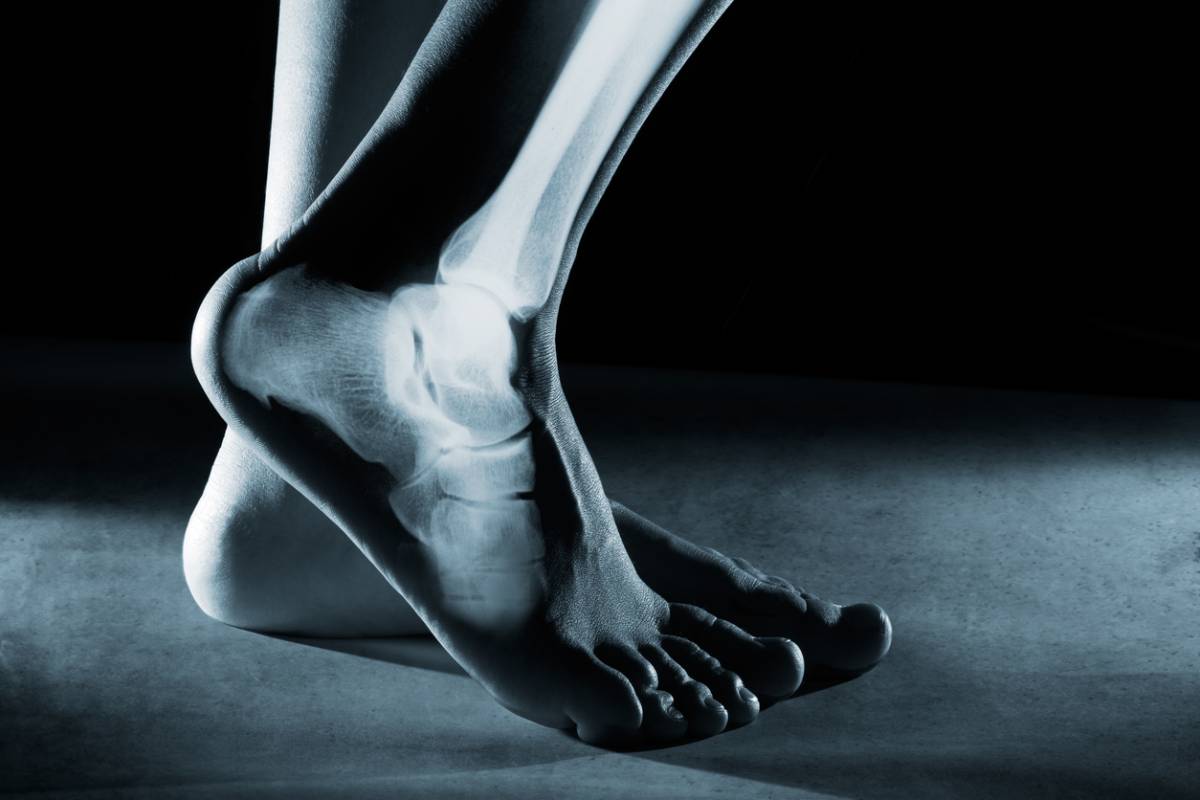Natural wear and tear on your feet is normal as you age, but in some cases heel pain can be much more serious. Heel pad syndrome occurs when the thickness and elasticity in your heel pad changes and wears down. When the fatty tissue and muscle fibers on your heel wear down it can cause a lot of pain due to the lack of cushion supporting your feet. Below you will find some of the most common activities that wear down your heel.
Common Activities that Wear Down Your Heel
If you partake in the following, you may be at a higher risk for heel pad syndrome.
- Activities on Hard Surfaces: Walking, running, or other physical activities on hard surfaces can place excess pressure on your heels. Consider reducing the amount of time you spend on hard surfaces and wear supportive footwear if you do.
- Wearing Unsupportive Shoes: Heels and fun sandals are great when you want to make a fashion statement, but they are bad news when it comes to the health of your feet. Avoid heels and flats as they cannot provide enough support. You should also avoid walking or running around on hard surfaces without supportive shoes.
- Carrying Excess Weight: If you are overweight or obese, the extra weight can put a lot of pressure on your feet. This can result in heel pad syndrome due to the extra stress.
- Repetitive Physical Activities: If you regularly participate in activities that aggravate your heels, it can cause major issues with your feet. Gymnastics, soccer, running, basketball, or other sports that involve a lot of running and repetitive movements can be really hard on your heels.
Symptoms of Heel Pad Syndrome
If you participate in any of the common activities above and experience the symptoms of heel pad syndrome, it’s likely time to call a podiatrist in Los Angeles. Heel pad syndrome is often associated with deep pain in the middle of your heel.
When you are on your feet it may feel like a bruise on your heel. If you have a mild case of heel pad syndrome, you may not have severe pain.
However, you’ll likely notice heel pain when barefoot, on a hard surface, or participating in any of the activities mentioned above. Due to the importance of your feet when it comes to mobility, contact a podiatrist to get screened. It is better to treat heel pad syndrome early on.
Treatment for Heel Pad Syndrome
The most effective treatment option for heel pad syndrome is a fat pad augmentation in Los Angeles. The loss of thickness in your heel pad can cause issues as it can be painful and reduce your ability to comfortably move around. If you have deep heel pain, schedule a consultation with a skilled podiatrist. Dr. Jamshidinia at Jamfeet can determine if you are a good candidate for the procedure.
Patients who have flat feet, regularly wear high heels, athletes, and dancers often benefit from this procedure. Those with hammertoe and diabetes have also found relief through a fat pad augmentation due to the complications associated with each of the conditions. A fat pad augmentation can drastically improve your heel pad syndrome and help you move around pain-free.
Before the procedure, the podiatrist will perform clinical measurements using diagnostic ultrasounds to determine how thick the graft should be. A small incision is made in your heel to insert the graft. After the procedure you will need to follow the post-operative procedures recommended by the podiatrist. However, you should be back to most of your normal activities within 12 weeks.


